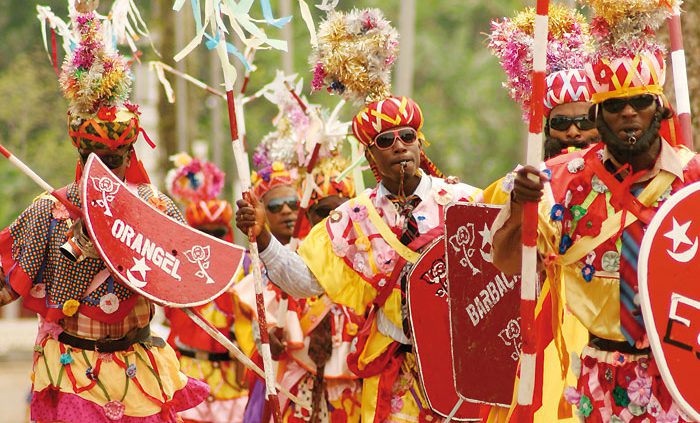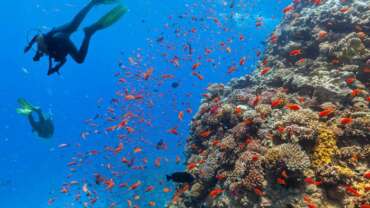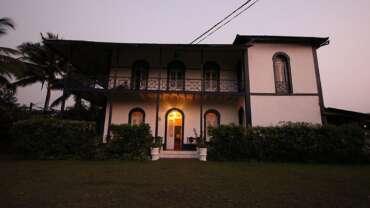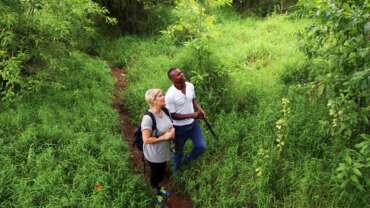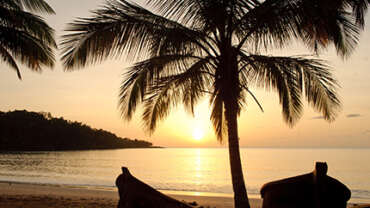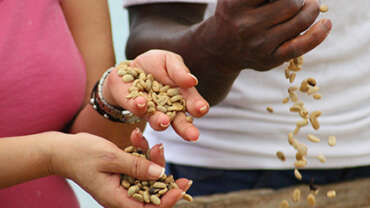Cultural Tourism of Sao Tome and Principe
A mixture of continents
São Tomé e Príncipe was born from a colonial heritage, in which agricultural gardens and the slave trade dominated economic life for centuries, since the first discovery in the 15th century. Agricultural companies were scattered in all areas of the islands, with their own infrastructure from ports to employees’ houses, from railway lines to hospitals. In the plantations around these fields, sugar cane, coffee and cacao were grown. With the exception of 2 years of occupation by the Netherlands, São Tomé and Príncipe was a colony of Portugal, until 1975, when it gained independence in a peaceful manner. Our tradition and culture is based on a mixture of commerce, agriculture, slavery, fishing and maritime navigation, with strong influences from Portugal, Africa, Brazil and Europe.
Natural richness
The places where you can feel the whole culture of São Tomé and Príncipe are the Roças . Dozens of these agricultural companies are distributed throughout the country. Some of these Roças are small country houses, others resemble hidden cities with a center of castles in the middle of the rainforest . The largest Roças usually had their own port and a small rail network. Names like Monte Café or Rio d’Ouro (today Roça Agostinho Neto) give an idea of the profits that were made here.
Roça Monte Café: In the central high mountains of São Tomé. With coffee and cocoa plantations nearby. Roça Água Izé: Still producing and exporting large numbers of tons of cocoa, exported to all of Europe. Roça Agostinho Neto: Famous for the gigantic hospital in the shape of a castle. Connected with an old railway line to the port of Fernão Dias, place of celebrations of struggle for Independence. Roça Sundy: The place where Einstein’s Theory of Relativity was proven during a solar eclipse.
Festivals and dances of São Tomé and Príncipe
In São Tomé and Príncipe unique events, songs and dances were born from our mixed traditions. Auto de Floripes and a street theater, at the same time carnival and dance: The story has its origins in Europe in medieval times and follows influences from Portugal and Charlemagne. Tchiloli is a theatrical performance, mixing African cultures with colonial influences, including stories of love, betrayal and tragedy. Dance of the Congo is another unique event, for example visible at the party in the City of Neves, with actors and dancers on the streets, some of them on stunning stilts . Musicians and dancers from Bulaué and Cape Verde music, for example, in the fields, de further increase Santomean cultural diversity.



